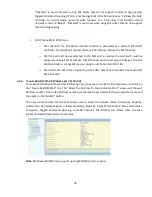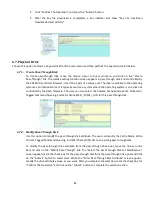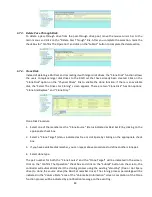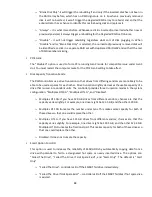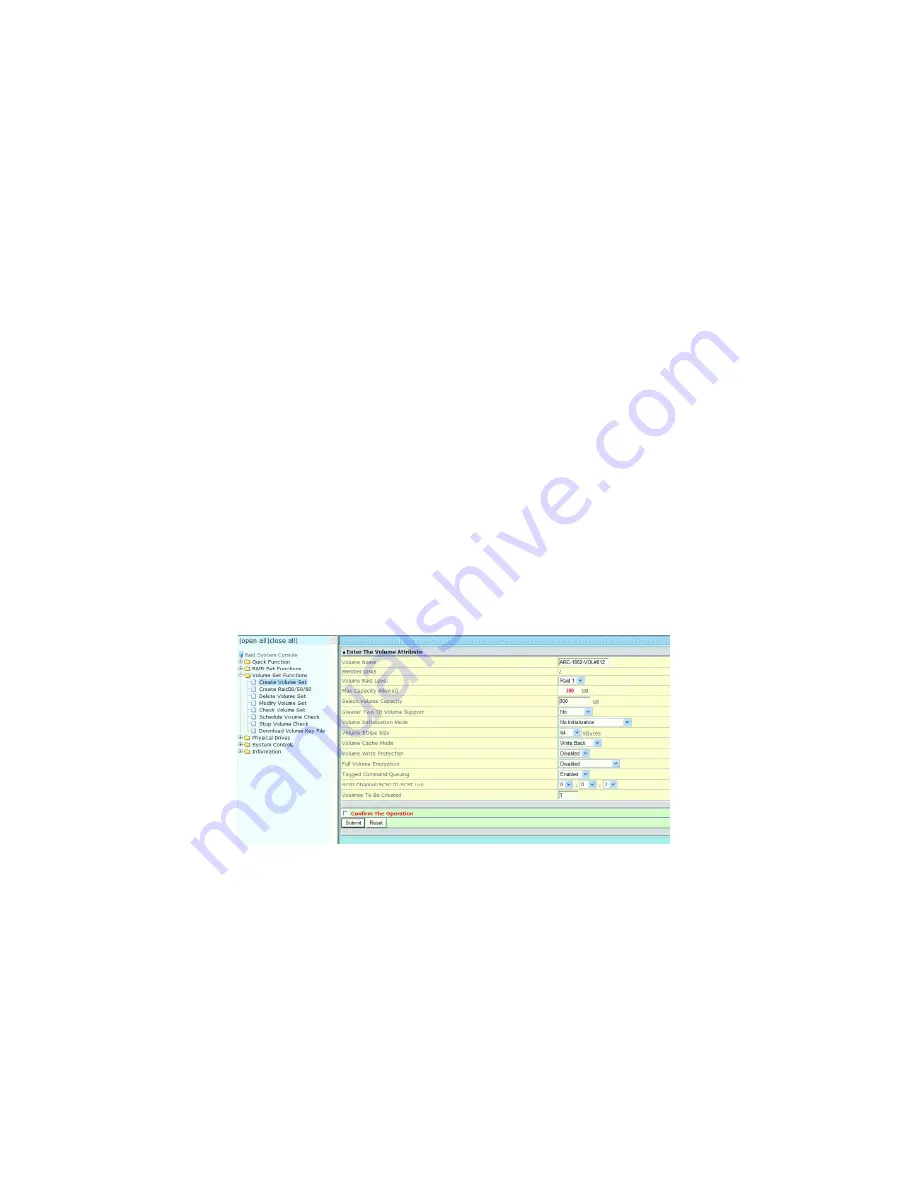
75
6.6.
Volume Set Functions
A volume set is seen by the host system as a single logical device. It is organized in a RAID level with one or more
physical disks. RAID level refers to the level of data performance and protection of a volume set. A volume set
capacity can consume all or a portion of the disk capacity available in a RAID set. Multiple volume sets can exist on a
group of disks in a RAID set. Additional volume sets created in a specified RAID set will reside on all the physical
disks in the RAID set. Thus each volume set on the RAID set will have its data spread evenly across all the disks in the
RAID set.
The following is the volume set features for the SAS RAID controller.
•
Volume sets of different RAID levels may coexist on the same RAID set and up to 128 volume sets per
controller.
•
Up to 128 volume sets can be created in a RAID set.
•
The maximum addressable size of a single volume set is not limited to 2TB, because the controller is capable
of 64-bit LBA mode. However the operating system itself may not be capable of addressing more than 2TB.
6.6.1.
Create Volume Set (0/1/10/3/5/6)
To create volume set from RAID set system, move the cursor bar to the main menu and click on the
“Create Volume Set” link. The “Select The Raid Set To Create On It” screen will show all RAID set
number. Tick on a RAID set number that you want to create and then click on the “Submit” button.
The new create volume set attribute allows user to select the Volume Name, RAID Level, Capacity,
Greater Two TB Volume Support, Initialization Mode, Strip Size, Cache Mode, Write Protect, Tagged
Command Queuing, and SCSI Channel/SCSI ID/SCSI Lun.
•
Volume Name
The default volume name will always appear as “-VOL #”. You can rename the volume set
providing it does not exceed the 15 characters limit.
•
Volume Raid Level
Set the Raid Level for the volume set. Highlight the desired RAID Level from the available RAID
levels option.
•
Capacity
Summary of Contents for ES208X12HP
Page 1: ......


















